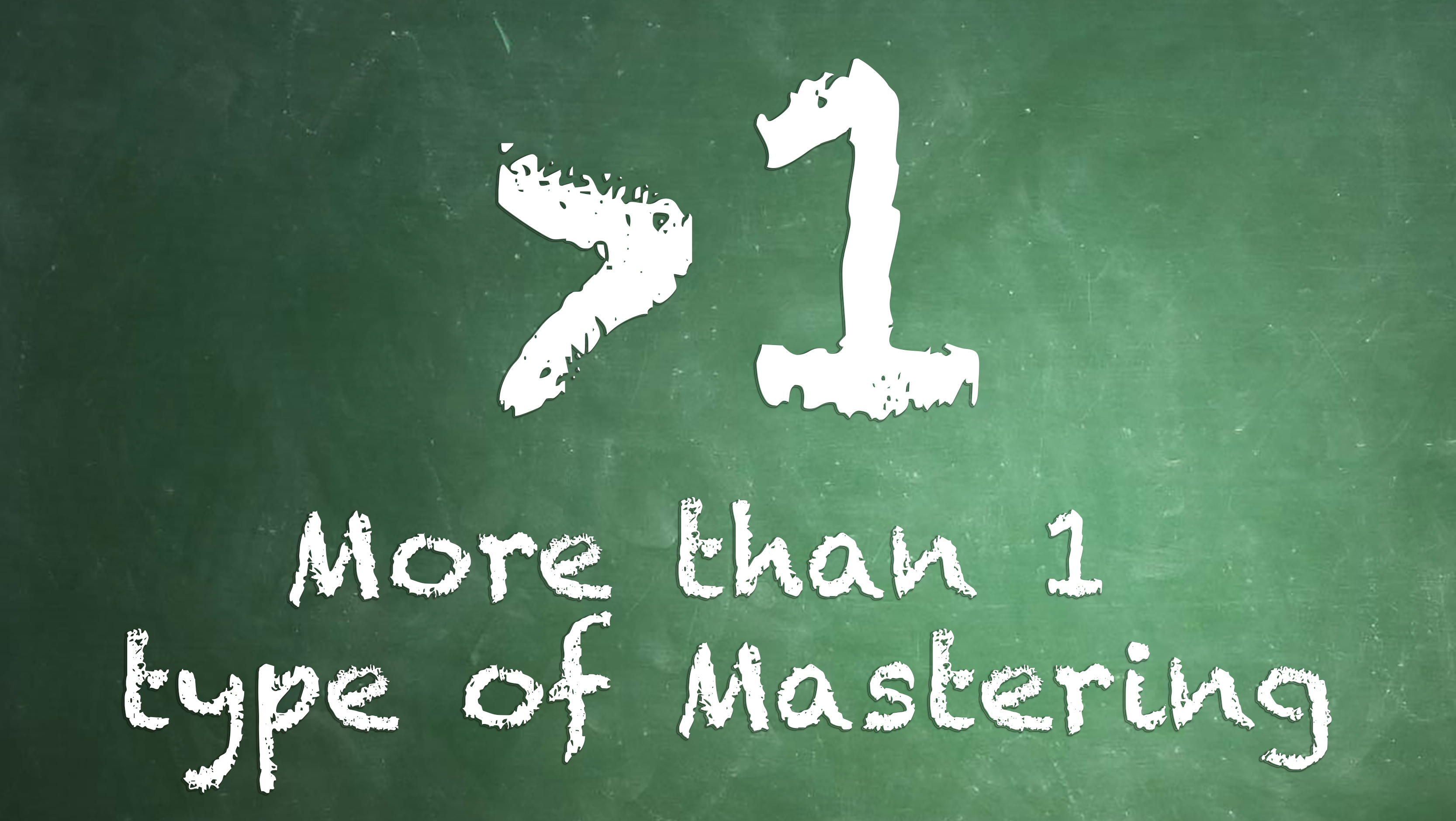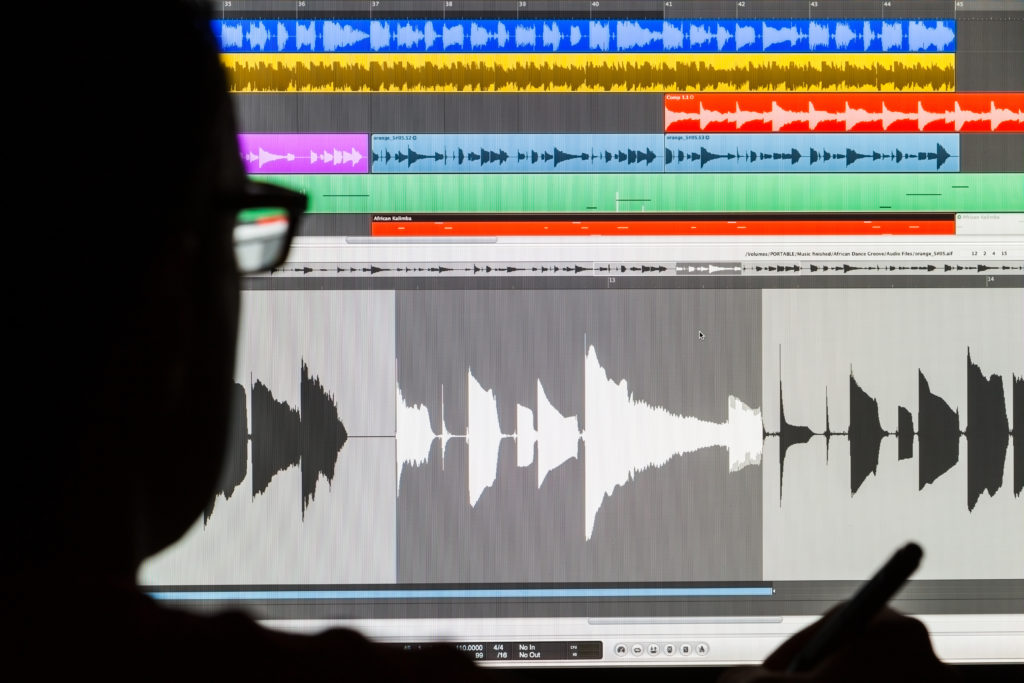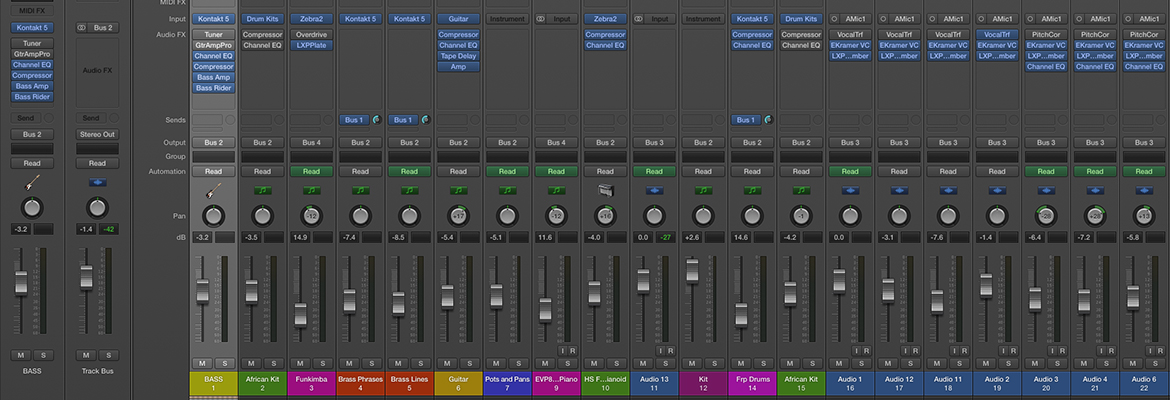Different Types of Mastering (Yes, There Is More Than One)

Well, it’s time to dive into the final phase of finishing your album. The final shellacking on that brand new wood floor you spent hours cutting, trimming, and fitting perfectly in your living room.
When it comes to audio recordings, we call this process Mastering! The final polish, volume, EQ, leveling, compression, spacing, CD Text, Gracenote submission, etc… you get the idea.
If you missed the last article, we focused on explaining the recording, mixing, and mastering process. If you missed it, you can find that article by clicking this link -> Recording, Mixing, and Mastering—What’s Really Going On? Today, I am going to explain the 2 different types of mastering, Stereo Mastering and Stem Mastering.
Stereo Mastering

STEREO MASTERING is the more common of these 2 types of mastering. It is when you take your final mixdown or stereo track that the mix engineer has produced and apply balance, EQ, compression, (if necessary), and tweak any other tonal enhancements or deficiencies that the track may have before it reaches its final place on store shelves, or for online distribution.
99.9% of the time the consumer will always hear a Stereo Mastered track. This Mastered track is normally, loud, punchy, and more articulate than the Mixdown.
It’s the final polish before mass production and distribution.
Stem Mastering
STEM MASTERING takes things a little further while offering more options to a Mastering Engineer.
For example: where a Stereo Master consists of just 2 tracks, the left and right of the Mixdown, a Stem Master consists of the elements of a track separated out.
I know, I know, some of you are saying “now I’m really confused, What do you mean separated, I thought we took care of all that in the mix process?” Great Question!
These elements are a stereo mix of the drums, bass, maybe some synths, lead and background vocals and/or more various instruments, and they are bounced out or recorded as “groups” or “stems”.
Very similar to when you would buss all of your drums, you know the kick, snare hats etc… to 1 group or bus during the Mixdown process. Well, after that drum bus gets EQ’d, compressed, etc, it is now re-recoded to a final mixdown track know as a “stem”.
You basically repeat the same process for all of the other elements in the mix, vocals, synths, bass, etc.

These stems which are processed and recorded by the mix engineer are given to the Mastering engineer where the Mastering engineer now has access to adjusting levels on the vocals, drums, bass, or whatever ‘stems’ or sub groups the mix engineer has created. This gives the Mastering engineer incredible flexibility in maximizing the separate ‘stems’ sonic potential.
Now instead of the Mastering engineer trying to balance levels within 1 stereo track, the Mastering Engineer now has access to controlling the ‘stems’ which can be processed independently of each other. Whereas, if you made an EQ change in the bass region of a stereo master, it would affect the entire Mixdown. But if the Mastering engineer performed that same change on just the drums ‘stem’ it would only affect the drum ‘stem’ and leave the rest of the song intact.
Which one is better? Try both. See which one sounds better. Use your ears.
So which one is better? That is a decision you, your band, and/or your mix engineer will make. My suggestion is to try both and see which one sounds better. They both have their technical advantages and disadvantages, but I will tell you what I always tell artists and musicians… Use your ears!
Until next time… Peace.
D. Mapp
